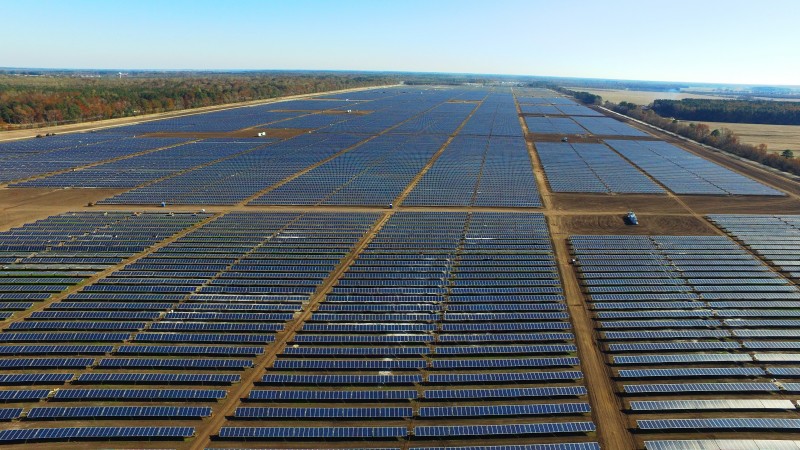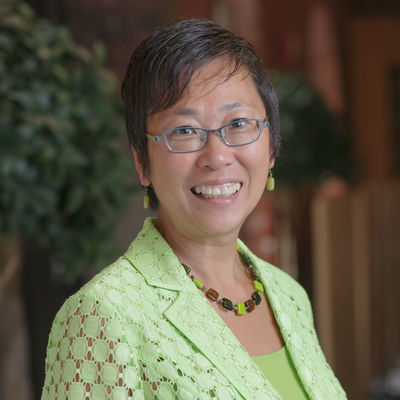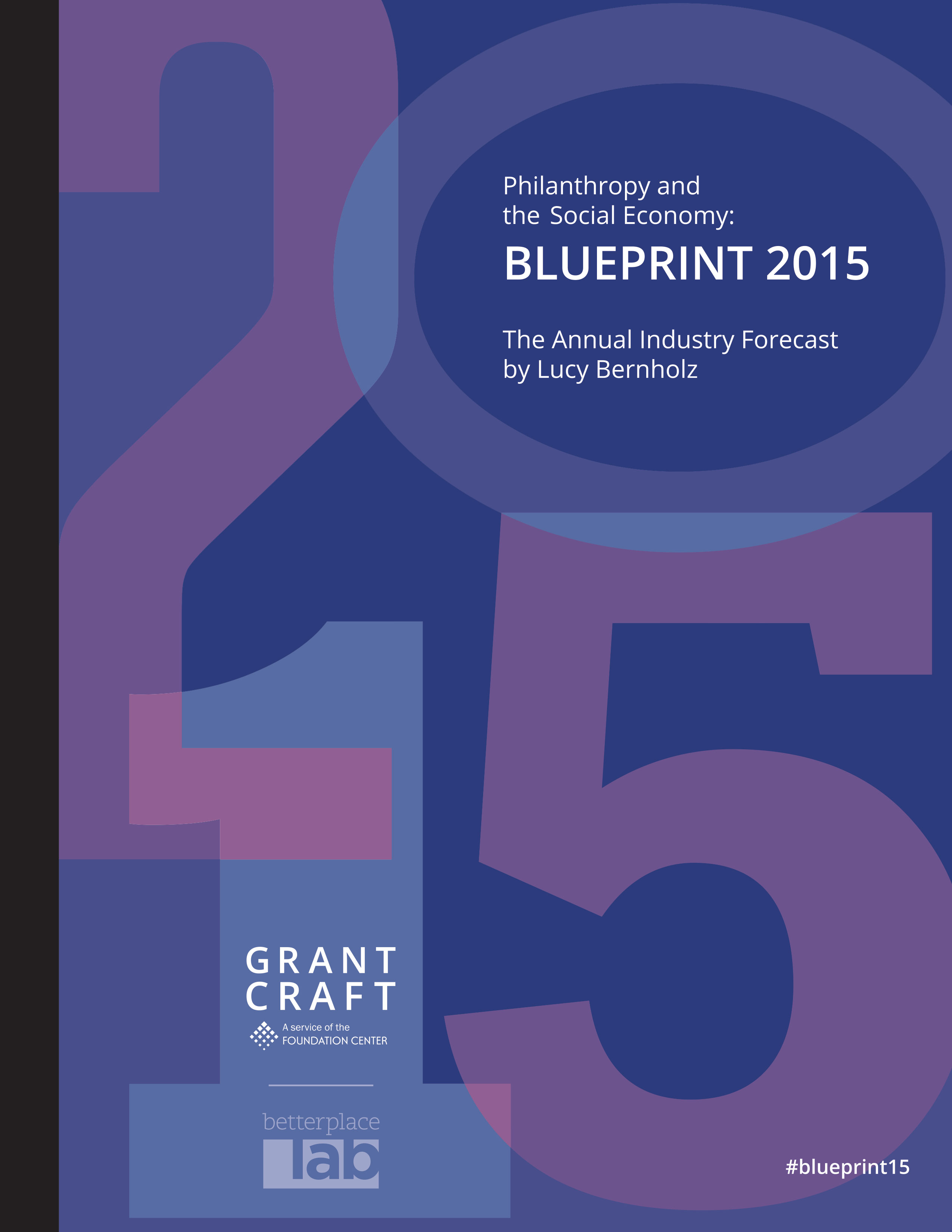Small Prize. Big Change.
In the summer of 2014, I read that George Washington University, American University, and The George Washington University Hospital were going to buy 52 megawatts of power every year from a North Carolina solar farm. At the time, it was the largest non-utility solar power purchase in the U.S. and the largest solar project east of the Mississippi River. The icing on the cake was that they were getting fixed pricing for solar energy for 20 years at a lower price than the current market.
In Boston, with its abundance of colleges, hospitals, and large institutions—all major energy users—many wondered, “Could we do something similar here?” The Boston Green Ribbon Commission (GRC), a group of business and civic leaders committed to helping Boston achieve its climate goals (supported by Barr and several local philanthropies) also considered this question. Testing the idea in their networks, they found a lot of interest in joint purchasing, but uncertainty about how it might work. To try converting that interest into action, Barr and the GRC decided to experiment with a prize.
Launched in summer 2015, the goal of the $100,000 Renewable Energy Leadership Prize was to spur local leaders to take renewable energy purchases from concept to reality. On February 25, 2016 the GRC announced the winner: PowerOptions, in partnership with Tufts University and Endicott College. The largest energy-buying consortium in Massachusetts, PowerOptions was already procuring electricity and natural gas supply for 500 nonprofit and public members, but had never solicited a power purchase agreement for offsite renewables. Teaming up with two of its members, Tufts University and Endicott College, the nonprofit proposed to purchase up to 12 megawatts of power from a wind project in New England.
 |
| Summit Farms solar farm in North Carolina. © Dominion Resources |
Other applications came from Boston University and A Better City, a consortium of Boston institutions and civic leaders. Although A Better City's deal was not completed in time for the prize deadline, the work initiated in response to the prize carried on. Three Boston-area institutions—Massachusetts Institute of Technology (MIT), Boston Medical Center (BMC) and Post Office Square Redevelopment Corporation (POS) teamed on a purchase agreement for a 60 megawatt solar farm in North Carolina. This is the largest renewable-energy project ever built in the U.S. through an alliance of diverse buyers. A Better City's effort was also documented in a recently-released case study.
Here are five of my key takeaways from supporting the prize:
1. Prizes can spark action and innovation.
Our initial hope and hypothesis was that a prize would catalyze action and innovation, and that turned out to be right. There was a risk that there would be no takers and we were pleasantly surprised to see such significant interest. The prize spurred the three applicants to devote considerable time and effort to solving the puzzle of buying offsite renewable electricity. The applicants were in different stages of readiness and had different factors motivating their actions, and the prize helped push them to their finish lines by creating deadlines for accomplishing what some had been planning to do for some time.
2. Identify a strong partner to administer the prize.
We were fortunate that we had the GRC to partner with on the prize, as we did not have the in-house capacity to administer the prize ourselves. Comprised of key business and civic leaders and co-chaired by Boston’s Mayor and Barr Foundation’s trustee and founder, the GRC is also a highly credible and respected entity, which made it a suitable host of the prize. The Commission staff handled the entire prize process—researching power purchase strategies, arranging technical assistance and guidance on purchase agreements, issuing the prize proposal requests, assembling a stellar selection committee of experts, and handling logistics and communications.
3. Collaboration takes time, but multiplies returns.
The prize placed a high premium on collaborative proposals, with the theory that joint procurement and diversity of organization types (hospitals, higher education, private companies) would yield better results and shared learning. While this created a barrier to wider participation, it also tested the theory that institutions could collaborate to negotiate stronger green power purchases. The collaborative nature of the projects did take more time, but made for better financial deals in the end, capturing significant financial benefits for the participating institutions.
In fact, the participants’ experiences in crafting and negotiating these deals have provided them with jumping-off points to continue their efforts and to inspire others. For example, A Better City is developing an energy procurement service for its members. The prize participants have also been very enthusiastic about sharing their learnings. To share the lessons learned from the prize, the GRC published a case study, called Solving the Puzzle.
4. Be prepared for unexpected complications.
While I knew going into this that the world of renewable energy purchasing was complex, I didn’t fully appreciate the range of challenges that the prize applicants encountered. All of our prize applicants went through twists and turns on the way to securing their deals.
There were huge price variations between technologies and regions. For example, as part of its proposal, A Better City's group initially thought they would use and retire renewable energy credits (a mechanism to incentivize renewable energy) from New England. But, along the way, they discovered they could save money and have a bigger impact on emissions by looking outside of their region. New England’s power grid is largely free of coal. So, a New England solar project (which might displace natural gas in the power grid) will prevent less pollution than a similar project in the coal-heavy Southeast. In the end, A Better City selected a solar farm in North Carolina.
Changing state, regional, and federal policies had major implications for the nature and timing of the deals. Strong energy policies drive progress in clean energy, but can be difficult to understand and navigate. At the time of the contest, state solar regulations and federal tax credits were both up in the air causing delays. The applications, and the response from potential suppliers, were affected by this uncertainty.
Funders considering launching prizes need to be prepared for unforeseen events and conditions. But, in the end, all this complexity and persistence on the part of applicants was worthwhile because of the significant financial benefits which were captured by the prize applicants.
5. Long-term sustainability and goal alignment takes the prize.
Applicants for any prize may be motivated by the short-term benefit of the prize money and positive recognition. Yet, what our selection committee was most focused on was long-term commitment to the goals of the effort (in this case clean energy/carbon emissions reductions). Interestingly, all three finalists also demonstrated a strong case for financial sustainability. Even without the prize money or ongoing philanthropic support, the economics of their proposals would work over the long term. As a result, all three finalist projects went forward – not only the prize-winning proposal. While this happened in our experience even without specifying sustainability as an application requirement, future prize efforts might benefit from making that an explicit criterion.
Based on this experience, I would strongly encourage other funders to consider launching prizes as a way to unlock action and innovation. The Renewable Energy Leadership Prize was particularly useful here in Boston, where higher education, healthcare, and private companies have the potential to directly purchase renewable energy, and the prize motivated them to commit to such purchases. There is still work to be done to expand interest in renewable energy purchases and to make it easier for institutions to participate. But, the prize offered a major learning opportunity about what it takes for institutions and companies to engage in renewable energy purchases.
This piece was adapted and updated from a May 2016 post on the Barr Foundation's blog. The Barr Foundation is committed to addressing climate change by advancing solutions in clean energy, mobility and resiliency. To read more by Mariella Puerto click here.


